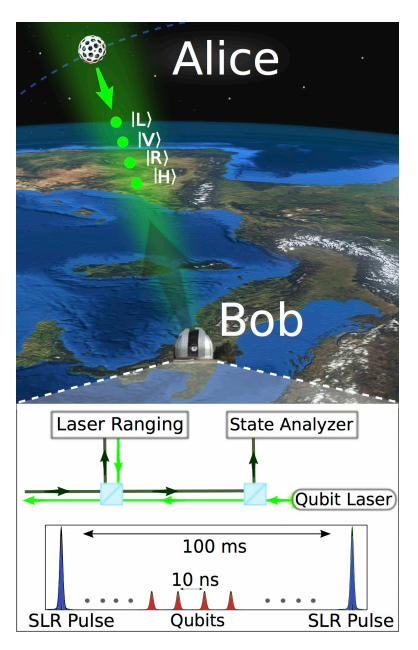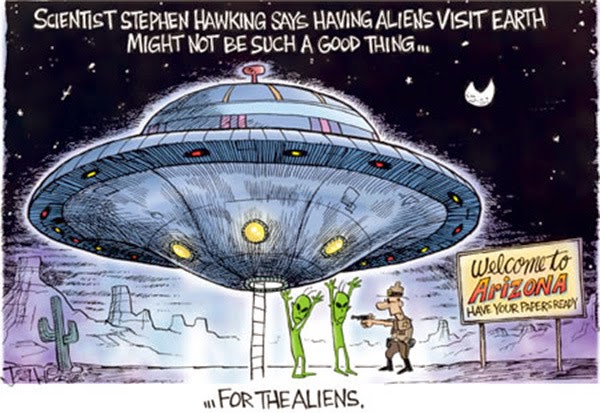
The ceremony included a bit of comedy, but there was no denying the significance: For the first time in its history, the Navy promoted a woman on Tuesday to become a four-star admiral.
Surrounded by friends, family and peers, Adm. Michelle J. Howard was promoted to her new rank at the Women in Military Service for America Memorial at Arlington National Cemetery. She’ll take over as the vice chief of naval operations, the No. 2 officer in the service. She is not only the first woman to hold the job, but the first African-American.
It’s the latest achievement for Howard, who previously was the first African-American woman to serve as a three-star officer in the U.S. military and command a U.S. Navy ship. Navy Secretary Ray Mabus said her promotion is a “representation of how far we have come, and how far she has helped bring us.”
“She is also a great example of how much we as a nation and a Navy lose if we put artificial barriers in,” Mabus told a crowd of about 150 people. “If we don’t judge people based on their ability, based on their capability. I hope I have always been passionate about that, but I know the intensity has increased since I am the father of three daughters, and I refuse to believe that there are any ceilings for them, glass or otherwise. That they can get to wherever their abilities can take them. And with that, they and countless others in the Navy now have a wonderful role model in Michelle Howard.”
With that said, Mabus added that “there is no news here today,” because the Navy picked the best officer, Howard, for her new job.
Howard is perhaps best known for leading Task Force 151, which oversaw counter-piracy operations in the Gulf of Aden. After Somali pirates attacked the cargo ship MV Maersk Alabama and captured its top officer, Capt. Richard Phillips, in April 2009, she devised a plan with others to get him back, dispatching the USS Bainbridge, a destroyer, to help. Navy SEAL snipers eventually opened fire on a small lifeboat carrying Phillips and three pirates, killing the bandits and freeing him.
Click here for the full story















